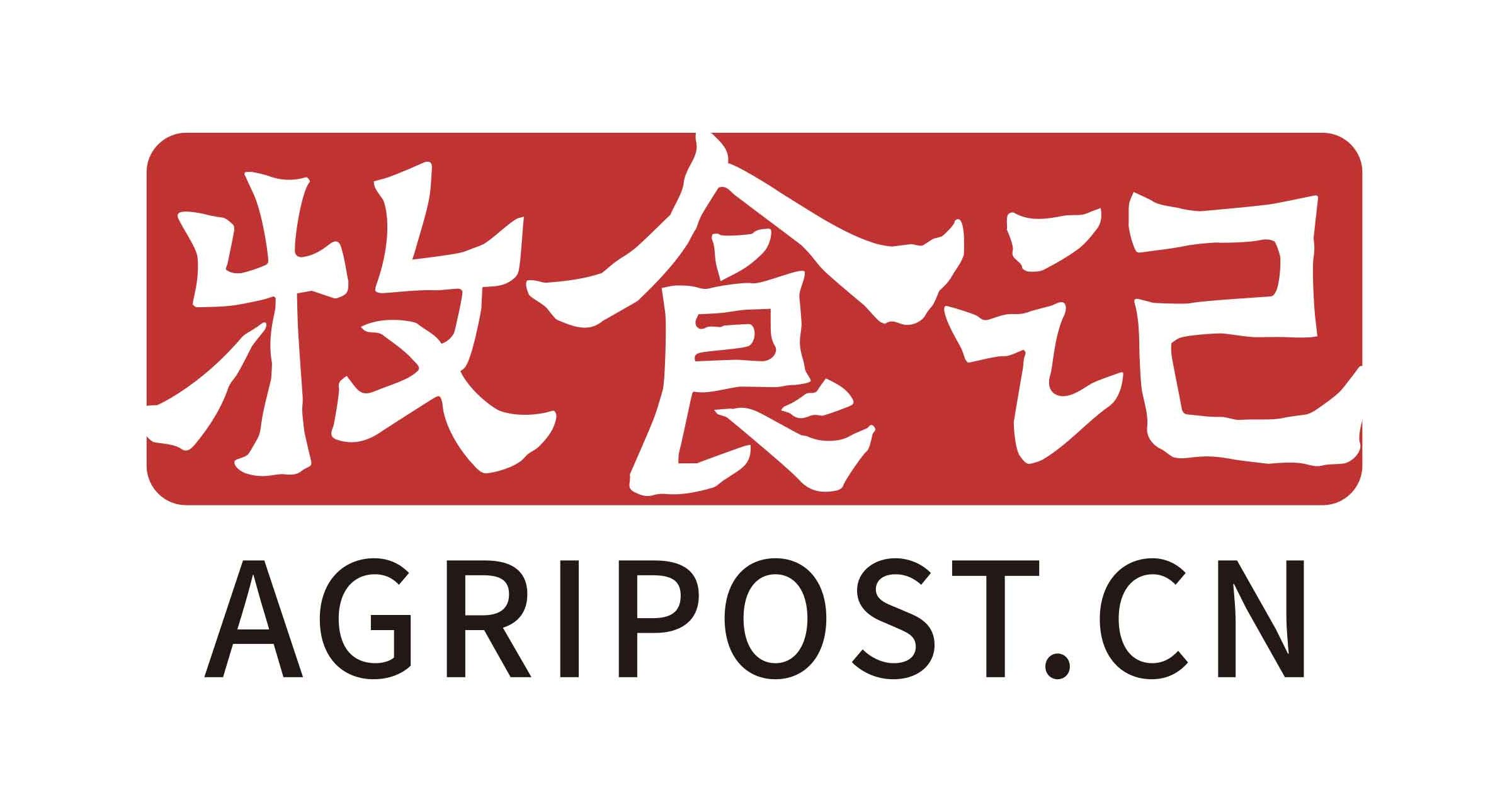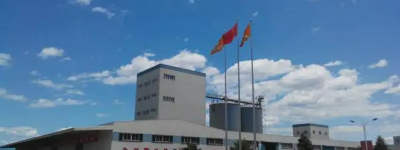During the CICC agricultural conference call held on March 11, Wens (Wens Foodstuff Group) responded to some views on the current distressed pig industry. It believes that in the next one to two years, there is a “little chance” that large-scale pig enterprises in China will go bankrupt. Compared with industrial enterprises, the pig farming industry has the following characteristics: no matter how much pig prices fall, pigs at any growth stage in stock can be sold for cash at any time.
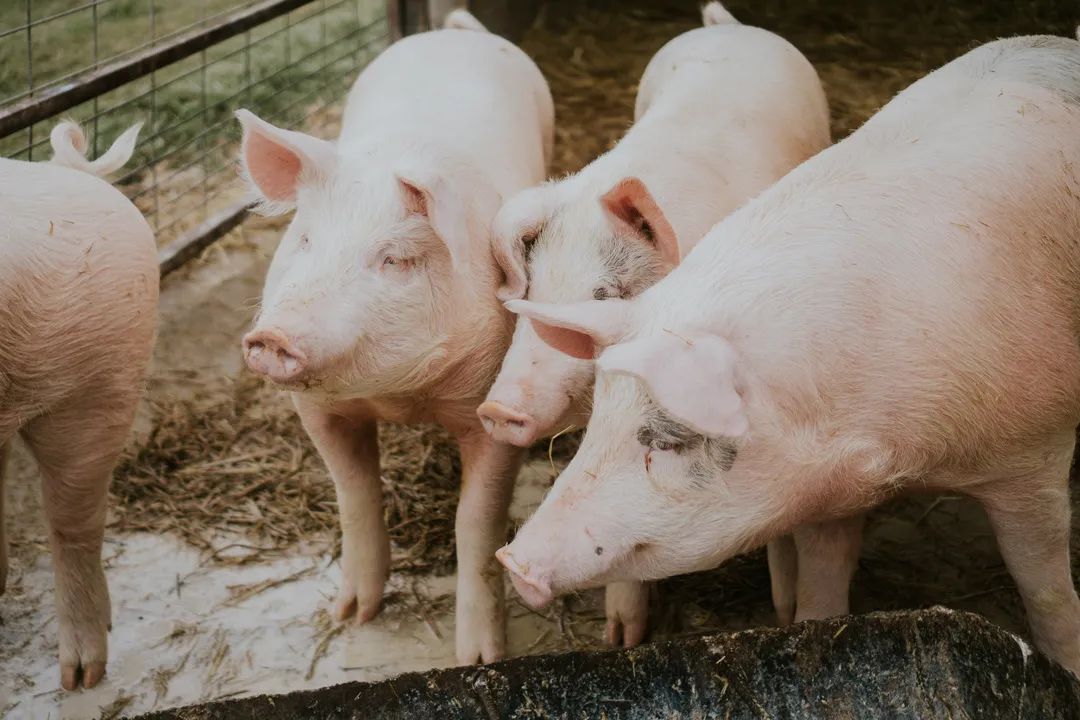
“As long as a large amount of capital leverage is not used, the probability of bankruptcy is smaller. At the same time, large pig enterprises have more financing channels and are more resistant to pressure.”
According to Wens, when the enterprise is in extreme financial difficulties, it can increase the return of funds through the sale of piglets, meat pigs, sows, other assets, etc., and reduce the capital expenditure brought by the consumption of feed to solve the pressing problems.
It also believes that selling assets has a greater impact on the expansion rate of the company’s production capacity. This is especially true as sows take longer and more challenging roads to recover and may even cause the market size to shrink.
Will the current financing channels have difficulties for companies with severe losses in the industry?
Wens responded that the pig industry is an important industry related to the national economy and people’s livelihood, and pork is the essential meat food for most residents in China. From an industry perspective, the state supports the development of the pig industry.
It is recommended that banks and other institutions do not withdraw or cut off loans to pig companies due to the periodic difficulties in the downturn of the pig cycle. However, for companies with high losses and high debt enterprises, bank financing is more complex, and financing costs are higher.
How does Wens control the feed cost, which accounts for the most significant proportion of pig production, especially prices of corn, soybean meal, and other feed ingredients rose sharply?
According to Wens, in the fourth quarter of 2021, the proportion of corn in the feed formula of the company’s pig farming business accounted for less than 10%, the proportion of soybean meal accounted for less than 5%. Wheat, sorghum, and rice/brown rice mixture were used as the energy ingredients, and the miscellaneous meal was used as protein ingredients.
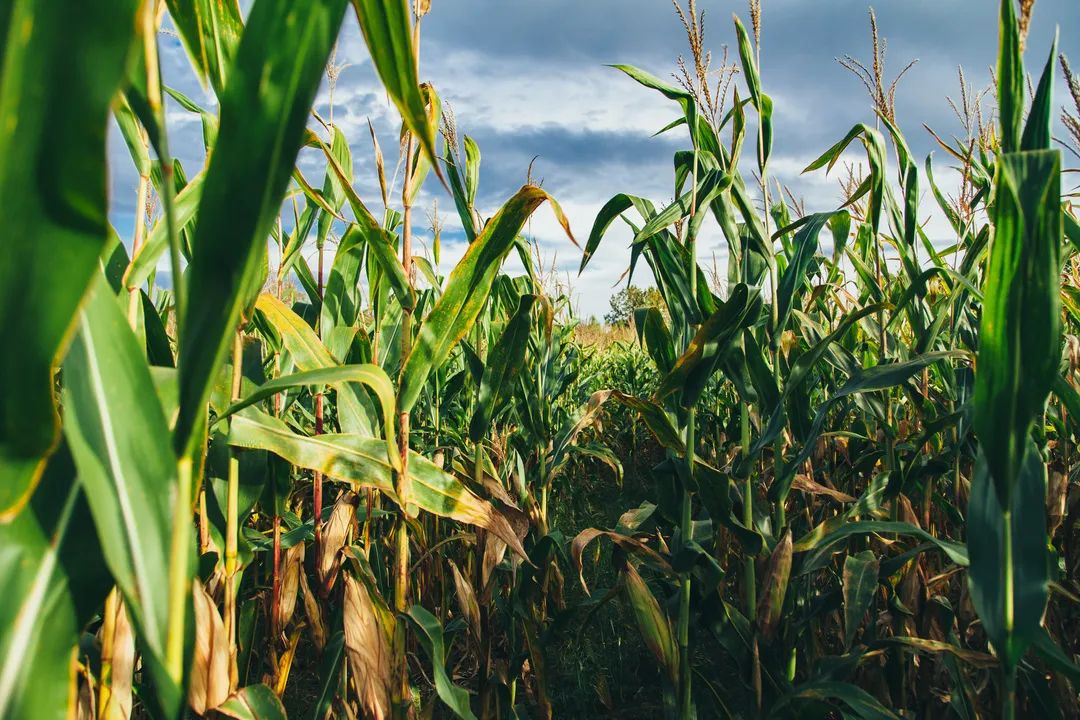
In contrast, in the total feed consumption of about 450 million tons in the Chinese animal husbandry last year, the proportion of corn and soybean meal accounted for about 40% and 15%, respectively.
“The company takes full advantage of the feed nutrition database, continues to pay attention to the current market prices of feed ingredients, calculates the economic benefits of different formulas, adopts the most economical and safe advantageous feed ingredients, adjusts the feed formula timely, fully guarantees the energy and nutrition requirements of pigs, and balances production efficiency and economic efficiency,” Wens pointed out.
Regarding the current Russia-Ukraine conflict, believing the two countries are the world’s critical wheat and corn exporters, will bring uncertainty to the global supply and disturb the price of bulk agricultural products. This will thereby directly lift the prices of some feed ingredients, seriously affecting the stability of the global agricultural supply chain. At the same time, the war will also significantly affect the psychological expectations of international agricultural traders, indirectly influencing the prices of agricultural products.
However, Wens said that its current raw material procurement business is regular and can meet routine production needs. Raw material procurement is less directly imported from foreign origins, but mainly indirectly through domestic traders; the company’s feed raw material suppliers’ channel is still smooth.
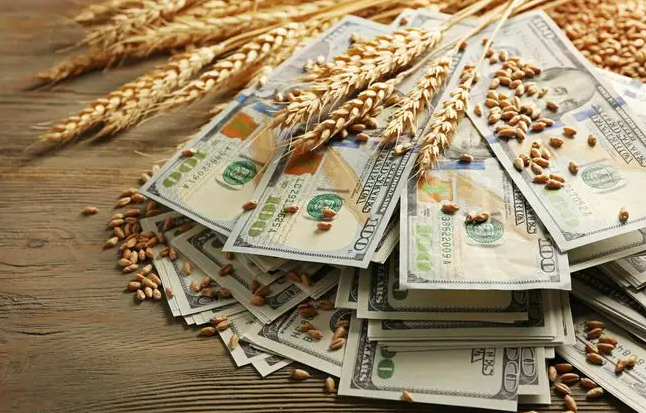
It also believes that the rising prices of feed ingredients are a common problem that the entire farming industry needs to face. But compared with small and medium-sized farmers, large enterprises often have an advantage in feed cost control.
“The company has actively taken countermeasures, such as fully taking the advantages of centralized procurement of feed raw materials and exerting technical advantages of feed nutrition, increasing the inclusion rate of advantageous raw materials, and effectively controlling the cost of feed.”
However, no eggs can remain unbroken when the nest is upset. Wens said its pig feed production costs in January-February 2022 also rose by about 5% YOY.
